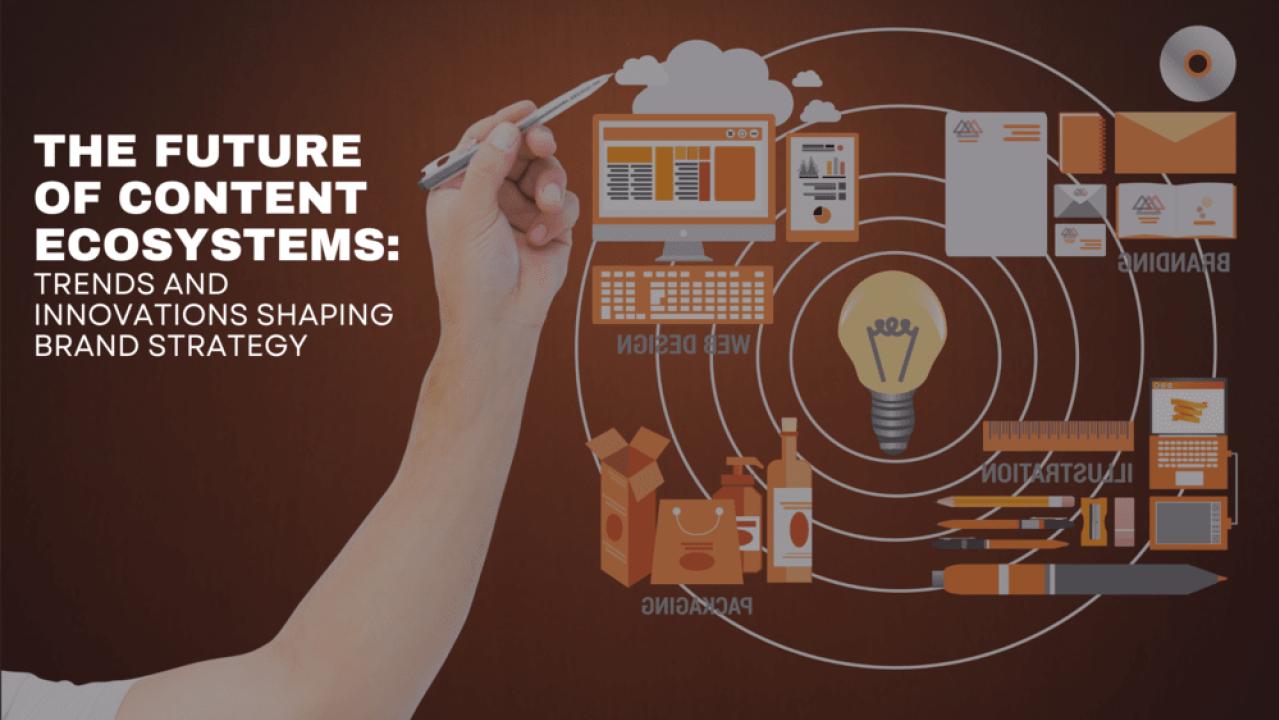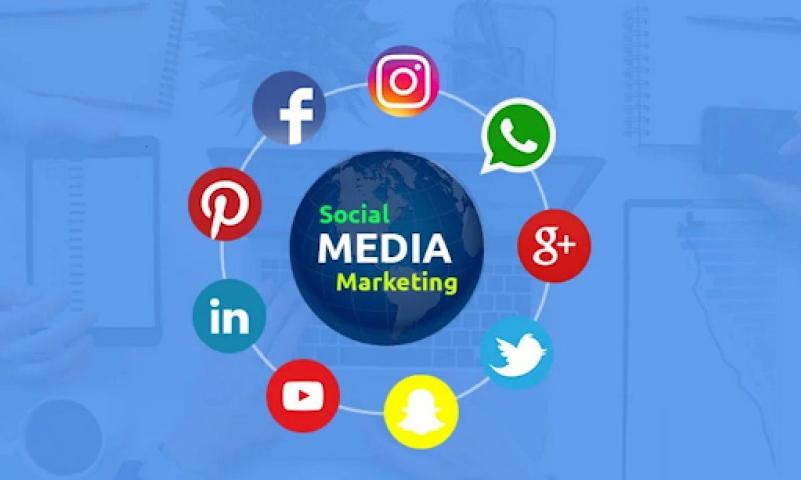The digital landscape is evolving at an unprecedented pace, driven by the convergence of technology, consumer behavior, and innovative strategies. As a tech entrepreneur navigating this dynamic terrain, understanding the concept of a Content Ecosystem becomes essential for brands looking to thrive. This blog explores the trends and innovations shaping brand strategy within content ecosystems, highlighting the importance of Martech Implementation in this context.
Understanding Content Ecosystems
A content ecosystem refers to the interconnected web of content creation, distribution, and consumption that brands engage in to connect with their audiences. It encompasses various platforms, formats, and technologies that facilitate the flow of information and engagement. In this ecosystem, brands must not only produce high-quality content but also ensure it reaches the right audience through effective distribution channels.
The Importance of Collaboration
One of the defining features of successful content ecosystems is collaboration. Brands increasingly partner with influencers, content creators, and even competitors to enhance their reach and credibility. This collaborative approach allows for a diverse range of content that resonates with different segments of the audience. For instance, co-branded campaigns can leverage the strengths of each partner, resulting in innovative content that captures attention and drives engagement.
Trends Shaping Content Ecosystems
- Personalization: Consumers today expect personalized experiences. Brands are leveraging data analytics to tailor content to individual preferences, ensuring that messages resonate on a personal level. This trend is supported by advanced Martech Implementation, which enables brands to analyze consumer behavior and deliver targeted content.
- Video Content Dominance: Video continues to dominate content consumption. Platforms like TikTok and Instagram Reels have transformed how brands create and share content. Short, engaging videos are not only more likely to capture attention but also encourage higher engagement rates.
- User-Generated Content (UGC): UGC has become a powerful tool for brands. Encouraging customers to share their experiences and content related to the brand fosters community and authenticity. Brands that effectively harness UGC can build trust and loyalty among their audience.
- Sustainability and Social Responsibility: As consumers become more conscious of social and environmental issues, brands are integrating sustainability into their content strategies. Highlighting eco-friendly practices and social initiatives can enhance brand reputation and attract like-minded consumers.
- AI and Automation: The integration of artificial intelligence in content creation and distribution is revolutionizing the landscape. AI tools can analyze data to predict trends, automate content generation, and optimize distribution strategies, allowing brands to operate more efficiently.
The Role of Martech Implementation
Martech Implementation plays a crucial role in optimizing content ecosystems. By utilizing marketing technology tools, brands can streamline their processes, analyze performance metrics, and enhance customer engagement. For instance, Customer Relationship Management (CRM) systems help brands manage interactions with customers, ensuring that content is relevant and timely.Moreover, marketing automation platforms enable brands to deliver personalized content at scale. By automating email marketing, social media posting, and even content creation, brands can focus on strategy while ensuring consistent engagement with their audience.
Building a Resilient Content Strategy
To succeed in the evolving landscape of content ecosystems, brands must adopt a resilient content strategy that embraces flexibility and adaptability. Here are key components to consider:
- Data-Driven Decision Making: Leveraging analytics to inform content strategy is paramount. Brands should continuously monitor performance metrics and adapt their strategies based on insights gained.
- Agility in Content Creation: The ability to pivot quickly in response to trends or audience feedback is essential. Brands should foster a culture of experimentation, allowing for rapid content testing and iteration.
- Integrated Communication Channels: A cohesive approach that integrates various communication channels enhances brand visibility and engagement. Brands should ensure that their messaging is consistent across platforms while also tailoring content to fit the unique characteristics of each channel.
Future Innovations in Content Ecosystems
Looking ahead, several innovations are poised to shape the future of content ecosystems:
- Augmented Reality (AR) and Virtual Reality (VR): These technologies offer immersive experiences that can transform how consumers interact with brands. From virtual try-ons to interactive storytelling, AR and VR can create engaging content that captivates audiences.
- Blockchain for Transparency: As consumers demand greater transparency, blockchain technology can provide a solution. It can help brands verify the authenticity of content and ensure fair compensation for creators, fostering trust within the ecosystem.
- Voice Search Optimization: With the rise of voice-activated devices, optimizing content for voice search is becoming increasingly important. Brands must adapt their content strategies to accommodate this shift in how consumers seek information.
In conclusion, the future of content ecosystems is bright, characterized by innovation, collaboration, and a focus on consumer-centric strategies. By embracing trends such as personalization, video content, and sustainability, and by implementing effective martech solutions, brands can navigate this complex landscape and build meaningful connections with their audiences. As we move forward, the ability to adapt and innovate will be key to thriving in the ever-evolving world of content.















